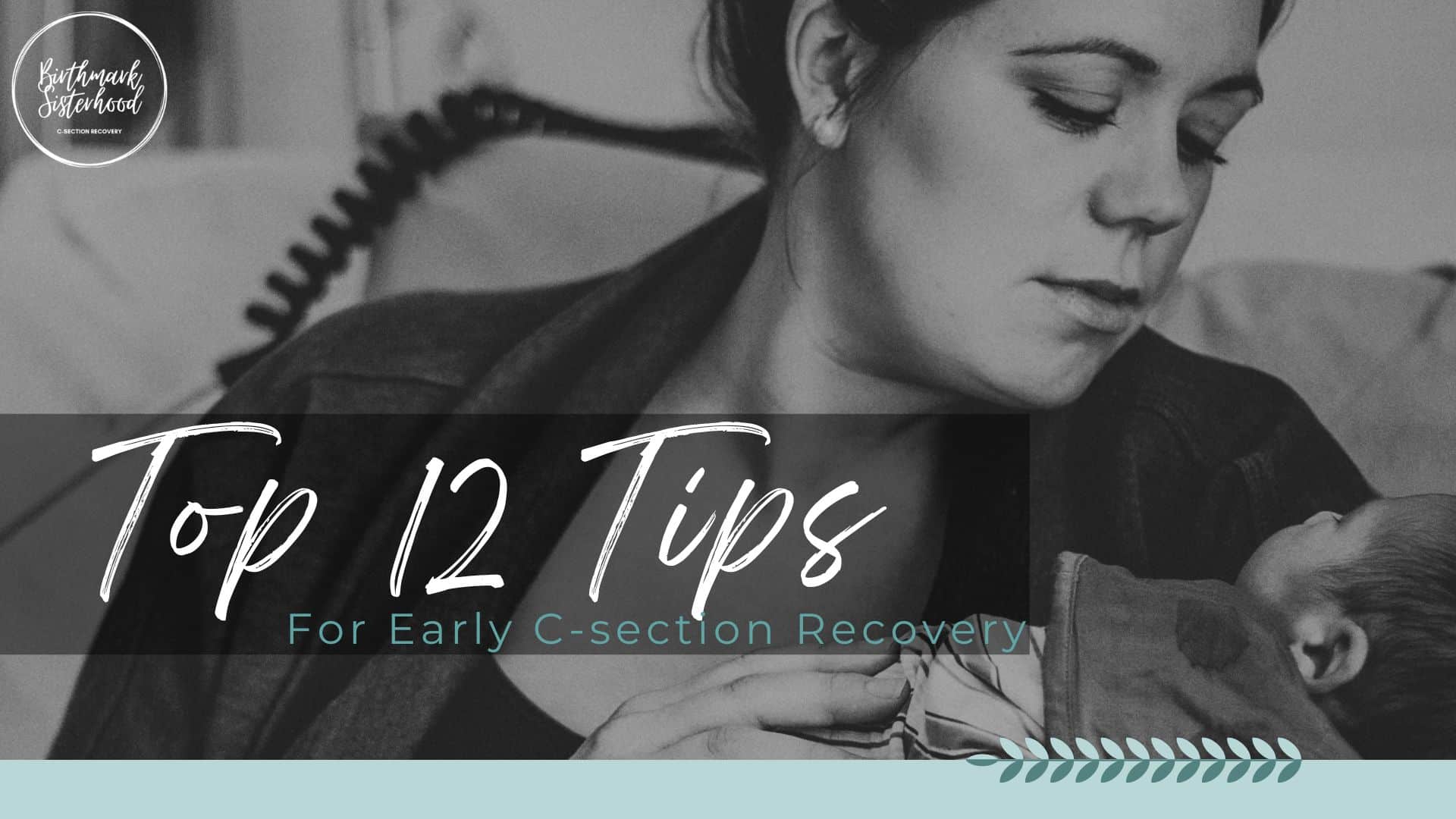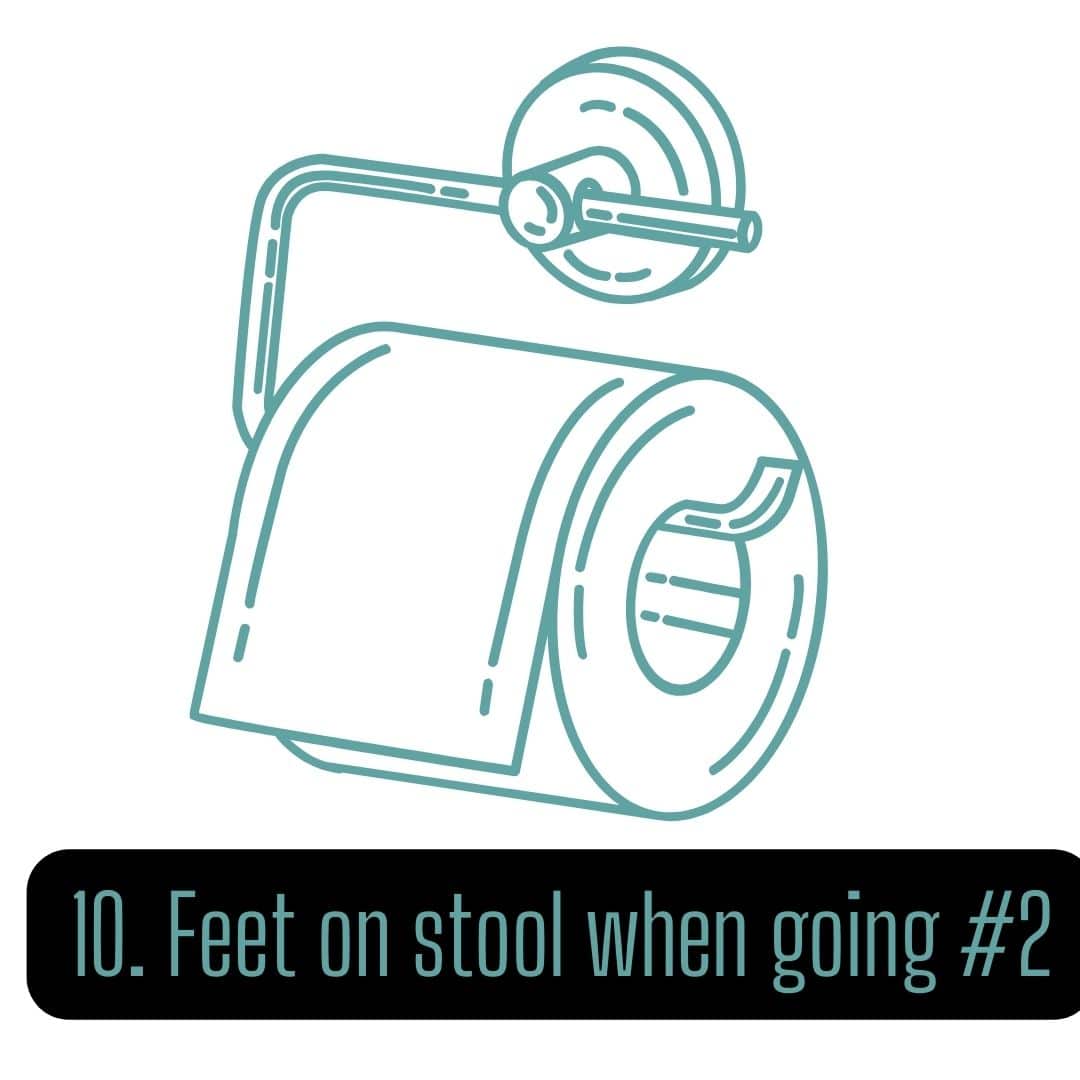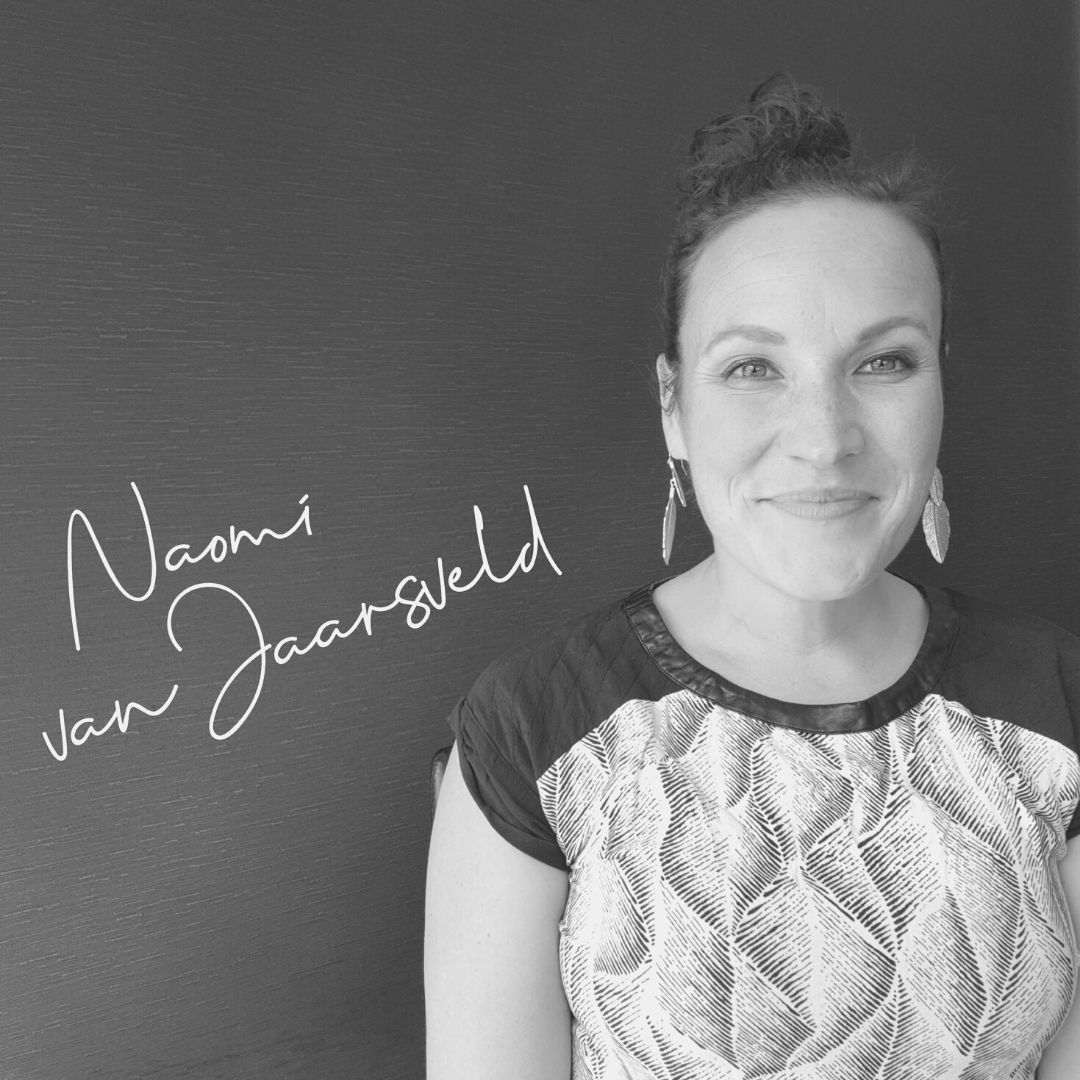
by Naomi van Jaarsveld
As a fellow C-section mama there were certain things that I wish someone had told me earlier in my recovery!
Like how to go #2's after surgery or why you stomach looks like I'm still pregnant after giving birth to the magically weapon of the pillow.
Since you're part of the sisterhood now it's time to spill the beans.

The golden rule for C-section mamas is rest! It’s normal to feel extremely tired after a C-section.
Remember it's major abdominal surgery.
Just like with any surgery, your body needs time to heal afterward.
The first two weeks are essential in creating the right foundation for your wound to heal and resting is a major part of that.
I know that’s easier said than done.
For many new parents, rest is nearly impossible with a newborn in the home.
Newborns keep irregular hours and may sleep for only 1 or 2 hours at a time. But try to sleep when the baby sleeps, or get help from a loved one so they can take a nap.
It is easy to feel overwhelmed by chores or to want to entertain visitors. But giving up sleep to put away dishes or keep the house clean will slow down your wound healing.
You want a fast recovery - don’t step this step. Rest and you’ll recover faster.

Accept offers of help to enhance your wound healing!
Newborns are demanding.
Caring for a new baby after major surgery can be exhausting, and it is not possible for all new parents to manage this alone.
Ask for help from a partner, a neighbor, family, or a trusted friend.
People may benefit from organizing a meal train or a schedule of visitors who can watch the baby while they rest and take a shower.
Feeding your baby, going to the bathroom, cuddles and gently moving around the home will be about the most you can handle for the first few weeks after your C-section.
But like most moms, some part of you will want to do all the things you used to do.
Things like driving, cooking, and doing the laundry will, however, make your abdominal pain worse and prolong your recovery journey back to feeling yourself.
Let family and friends pick up the slack for a bit.
Your to-do list will still be there in six weeks—and you can return the favor for another mom later!
ps- asking for help is also important!
It's not weak it's wise.

Thinking about taking a walk may sound unpleasant after a C-section, especially at first.
But getting moving gently can have more benefits that you realize.
It can prevent blood clots in your legs, keep constipation at bay, improve circulation of blood to your scar promoting healing, loosen your muscles and joints so they don’t become stiff or sore, and give you a boost of physical and emotional energy.
You want to be up and walking within 12 hours after surgery, it’ll improve your recovery.
Remember to stand tall like a puppet string pulling through your head. You can start by walking to the toilet and back again, then later down the hallway of the hospital.
By the time you arrive home you may be able to make it out to the mailbox. I remember that milestone! =)
BIGGEST TIP - listen to your body, if it causes pain STOP.
By two weeks post C-section you may feel ready to start increasing how long you walk for building up duration to 20 minutes and beyond. Use this as a time to breathe, relax, and move.
Pretty soon you’ll be taking your baby for stroller walks!
Happy walking mamas! =)

Don’t try to tough out the pain, especially for the first week after your C-section.
Prescription painkillers like codeine and morphine do have side effects like constipation and nausea, but for many women these side effects are worth putting up with for the pain relief.
You will only be taking them temporarily.
And you can step down to less potent pain medication when you’re ready.
I remember being advised to set alarms to make sure I took my meds on time because it was easier to keep on top of the pain than it was to try and get back on top of the pain once I started to feel it.
Also if you don’t feel comfortable with needles, you can ask a family member or nurse to help you administer your anti-clotting injections. So grateful for my hubby on this one!

Follow whatever steps your doctor and nurses give you to keep your incision clean and dry.
This promotes healing and prevents infection.
And have your partner or a friend check it every day to make sure that it looks gradually less red and puffy.
You can shower as soon as you feel able, but avoid a bath until your OB says its alright.
TIP - using a hair dryer on cool setting can help dry your wound.
And keep scar out of direct sunshine while new skin is healing.
Your wound needs to be closely monitored, as infection can lead to overwhelming sepsis within the bloodstream or break down of the normal wound healing process leading to the wound opening (wound dehiscence).
The main signs of infection are:
* Fever or feeling generally unwell
* Increasing pain in or around the wound
* Wound becomes red and warm
* A pus like discharge from the wound
*The wound has begun to separate, or has completely opened up
If you have any of these signs you must contact your GP/Midwife urgently.



Water makes up 60% of our body weight and is crucial for our body to function well.
After a C-section, water is crucial to help with healing, enhancing the assembly of milk for breastfeeding and also helps relieve constipation.
One of the most common complaints post C-section is constipation.
The combo of a lack of movement, painkillers, antibiotics, and abdominal surgery gives rise to this uncomfortable problem.
Fortunately, getting plenty of fluids can make it easier to move things along, which is good news because trying to move your bowels can cause pain by putting pressure on the incision.
Taking steps, like drinking at least eight cups of water per day to keep your bowels moving, will help so you don’t have to strain yourself.
You can leave bottles and mason jars filled with water around the house as a reminder to stay hydrated.
My mum encouraged me to drink a glass of water while I breastfeed my little one.
Or set alarms on your phone to remind you.
Whatever works for you, keep that water intake up!

Sleep when baby sleeps.
The joys as a mum with a newborn is that our bodies will be deprived of sleep.
Then add on top of that, your body is recovering from major abdominal surgery.
You will need more sleep than a mother after a vaginal delivery.
Sleep promotes healing.
When you close your eyes and fall asleep, your brain can attend to other issues within the body.
If there are areas that need to heal, the brain can trigger the release of hormones that encourage tissue growth to repair blood vessels.
This helps wounds to heal faster but also restores sore or damaged muscles.
While you sleep, your body can make more white blood cells that can attack viruses and bacteria that can hinder the healing process. WOW!!!!
So though your sleep will be broken with a newborn, every minute you get is helping your body to heal!
Take a cue from your newborn and sleep as much as possible.
The down time will give your body what it most needs to recover.
When you're sleeping, maybe try sleep near your baby so you don't have to go as far to get to them.
TIP - My life saver to get that much needed sleep was lying down in bed on my side to breastfeed - rest/sleep plus feeding little one = winning.

Good nutrition after surgery can speed wound healing of the abdominal wall and the uterus which are slit during the C-section, improve immunity, give needed energy and ensure the best outcome.
Try to incorporate fresh fruits and vegetables, healthy proteins, and whole grains every day.
Healthy foods will give you more energy in the long run. These foods will also help stave off constipation and keep your mood positive.
Don’t deprive yourself of a cookie now and then, but keep the sweets to a minimum.
Surgery is a significant event for your body and experts tell us that a highly nutritious diet can support your complete recovery in several ways.
For example, better nutrition can:
- Help to replace any blood loss
- Help your incisions heal
- Provide the raw materials your immune system needs to protect you against infection
- Increase your level of energy
- Help to repair your skin, nerves, blood vessels, muscle and bone
Your nutrition is important because nutrition deficiencies in your diet after surgery can impede the normal recovery process and reduce your chances for an optimal recovery.
TIP - Instead of consuming three heavy meals during the day, spread out your meal throughout the day and try to have five to six small meals.
TIP - Think eating food as close to the way God made it - fresh is best.

You’ll be in the hospital for a few days and will want to wear something that won’t aggravate your incision and be comfortable.
Your best bet is to pack some nightgowns or loose fitting pajamas.
Maternity dresses should allow you to breastfeed your baby easily and won’t irritate your incision.
Your doctors will have to check your scar often so you want something that’s easily accessible.
Now there’s nothing sexier...ops I mean comfier, than a grand pair of granny panties.
That’s right mamas, after your surgery, it’s goodbye to your normal underwear and hello to mesh undies and giant pads!
It’s true, but don’t worry it’s not forever.
The genius pair of oversized underwear will not only avoid your wound but will also be great at holding those giant pads in place.
That’s right even though you had a C-section you will still bleed for the first week or two postpartum.
I would TOTALLY recommend a “tubi grip” to wear overtop of your pads and stomach.
It’s like magic, it gives beautiful support in that first week in particular.
Depending on how your incision heals, you may like to wear a comfortable pair of maternity/postpartum leggings.
Firm waist bands and pants with zippers aren’t usually comfortable to wear.
I remember wearing some of my high-waisted activewear tights that were amazing and felt like it gave me more support, both for my stomach and wound.
Look for high-waisted leggings that rise above your incision or a nursing dress to avoid pants altogether.
In other words you’re looking for loose-fitting clothing that won’t rub against your incision or press into your abdominal area - such as your pregnancy clothing!
So beautiful mamas, this is not the time to be wearing the latest fashion trends.
It is time to embrace your comfy and cozy clothing. Get cozy and heal well.
I’m sure there will be some other great thoughts to add here, so please comment below with your helpful tips.
That’s what the sisterhoods all about!

Ok amazing mamas time for some raw truth!
It is completely normal after having major abdominal surgery that you will be constipated and find it really difficult to move your bowels, putting undue pressure on your incision.
Partially due to the operation but also the pain meds and lack of movement.
Therefore here is a GAME CHANGER.
If you were lucky enough to have had the physiotherapist visit you when you were in hospital then maybe this little piece of wisdom will have found its way to you.
Some of you may have been lucky enough to have had a physiotherapist visit you while you were in hospital with this wisdom.
When you try to move your bowels, sit on the toilet with your feet raised on a stool.
This will help position your body in the best way for your bowels to move.
I still use this brilliant tip even five years on since having my C-section.
Also holding a pillow across your incision while you try and go can be extra helpful too!

#11 Skin to Skin
The power of skin-to-skin between mother and baby at birth is incredible!
Skin-to-skin, also known as “kangaroo care” is where your baby is placed naked (sometimes with nappy), directly on your chest, right after birth.
Your care provider will help get your baby settled on your chest after your C-section.
The first hours of snuggling skin-to-skin let you and your baby get to know each other.
With skin to skin contact, you and your baby exchange sensory information that stimulates bonding, breast milk production and initiates ‘baby’ behavior like rooting.
Rooting is an ‘active’ hunger cue, it is the reflex that allows a newborn baby to find your breast or a bottle to begin feeding.
This happens when the corner of a baby's mouth touches the skin or nipple.
Skin to skin also helps your baby stay calm, breathe more naturally, stay warm, maintaining body temperature and maintaining their blood sugar.
There are also huge benefits for your partner to also have skin to skin, especially if you are not able to at the time.
I remember my hubby having all three of our boys on our chest in those first hours of their births snuggled under a warm blanket while I got sorted out.
Skin to Skin is not just about It’s not only in the first hours and days but in weeks to come too that skin to skin can be used.
I totally recommend that you check out the article attached it has a little history of skin to skin and it’s impact of both premature and full-term babies.
Happy snuggling mamas!

For the final Tip for this series.....we promote the humble pillow.
There's something that every C-section mama experiences when it comes to recovery!
The fear of laughing, coughing or sneezing!
YIKES !
The thought that your stomach would explode under the pressure of one of these three natural bodily movements was rather frightening!
I remember telling my hubby not to make me laugh when I was in hospital!
But after getting this tip, it made a huge difference and helped make normal life and movements more manageable and less frightening!
FIRSTLY - you incision won't explode but it does cause pain when you cough, sneeze and laugh or any abdominal-related movement.
It is very vulnerable so anything we can do to reduce the impact on our incision sight will be helpful!
So PILLOW TO THE RESCUE!
By pressing a pillow or folded strapped towel against your incision when you need to cough, laugh or sneeze, the pressure on your incision will be reduced and help with some of the pulling and pressure that occurs when you make these actions.
It can also help when you try to stand and sit as well. Giving that extra bit of support to a very vulnerable part.
Finally
I hope that these twelve tips have been empowering for your recovery as they were for me and many other C-section mamas!
If you have a tip that you would recommend, please share it below.
It's important to help each other out on this journey to recovery.
Remember you're part of a sisterhood. - so welcome!
Naomi

ABOUT THE AUTHOR------------------------------------------------------------------------------------------------------
Hi I'm Naomi, Founder of Birthmark Sisterhood. I'm a wife to an awesome husband and mum to three energy filled boys
I am a pre & postnatal specialist and REHAB trainer and personal trainer with over 10 years experience. I've journeyed with people of all different walks of life always with the same goal to help them achieve their health and fitness goals.
I have walked through both an emergency C-section and two VBACs, a miscarriage, minor prolapse, horrible perineal tears that took hours to stitch (yikes), reflux/colic bubs, back injuries, wrist injuries, knee injures, overcome trauma and the list goes on. I never thought I'd be grateful for these however the reality is each one of these journeys I've had to walk (some over months, some over years) - has made me a far more effective, strategic and compassionate personal trainer.
I'm on a mission to lift the level of postnatal care for woman and especially for C-section mamas!
I believe every woman deserves to have a healed, restored and strong body from the inside out! I'm passionate about taking the guesswork out of their recovery so they can enhance their recovery and get on with living their best life!
-----------------------------------------------------------------------------------------------------------------------------------------------------------------------------------------------
